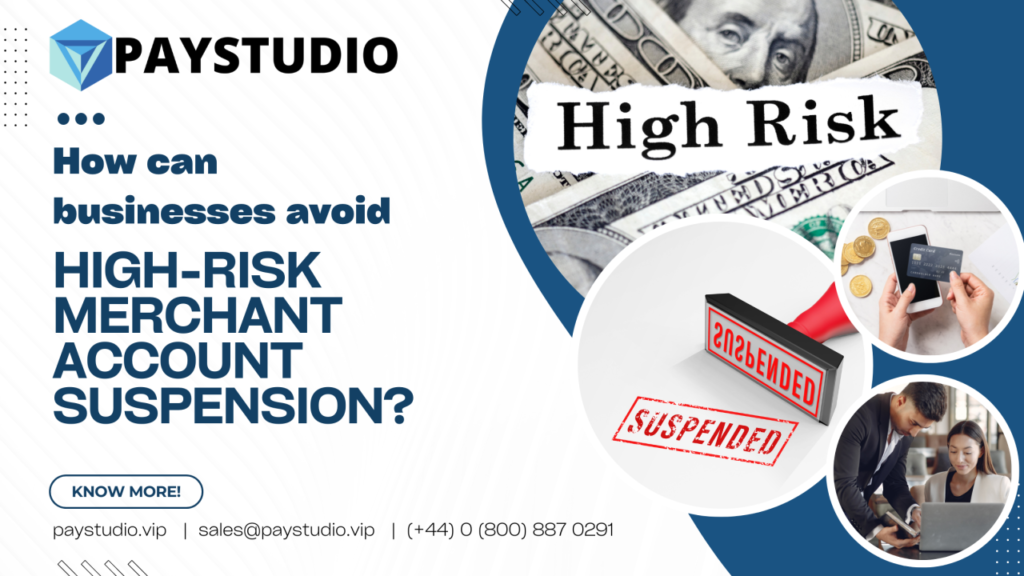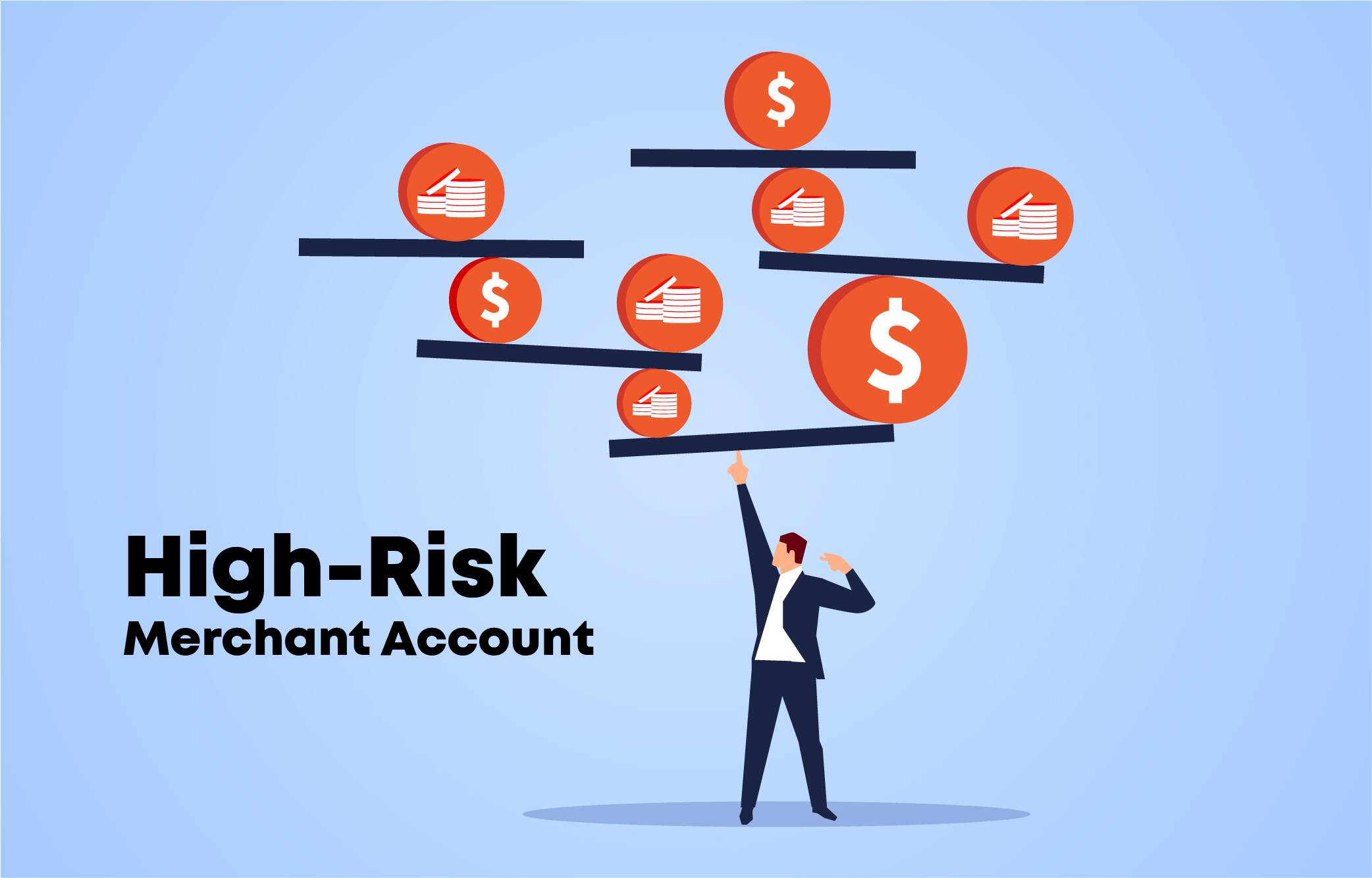AUTHOR : SARIKA U PATHAK
DATE : 12- 9- 2023
In the world of finance, not all accounts are created equal. Some accounts come with a higher degree of risk, and understanding these high-risk accounts is crucial for both financial institutions and individuals. In this comprehensive guide, we will delve into the realm of high-risk accounts, exploring what they are, why they exist, and also how to manage them effectively.
Introduction
In the dynamic world of finance, the term “high-risk accounts” often takes center stage. These accounts play a significant role in the financial ecosystem, but they also come with unique challenges and also complexities. This article aims to shed light on the intricacies of high-risk accounts, from their definition to the strategies used to manage them effectively.

Defining High-Risk Accounts
What Makes an Account High-Risk?
High-risk accounts are financial accounts that pose a greater level of risk compared to standard accounts. This risk can manifest in various ways, such as a higher likelihood of fraud, money laundering, or default on loans. Understanding the factors that contribute to an accounts status is essential for financial institutions.
Common Types of High-Risk Accounts
accounts can take many forms, including offshore accounts, cryptocurrency accounts, and accounts associated with politically exposed persons (PEPs). Each type comes with its own set of challenges and also regulatory requirements.
The Reasons Behind High-Risk Accounts
Regulatory Compliance
One of the primary drivers of this is regulatory compliance. Financial institutions are required by law to implement measures to prevent money laundering and also the financing of terrorism. As a result, certain they are designated as high-risk due to the nature of their transactions.
Industry-Specific Factors
Some industries inherently deal with higher levels of risk, such as casinos and also online gaming. Accounts associated with these industries are often classified as accounts due to the potential for large and frequents transactions.
Identifying High-Risk Customers
Know Your Customer (KYC) Procedures
To effectively manage high-They , financial institutions employ stringent Know Your Customer (KYC) procedures. These procedures involve verifying the identity of the account holder and assessing the risk associated with the account.
Red Flags to Watch For
Certain red flags may indicate a high-risk customer. These can include inconsistent transaction patterns, suspicious sources of funds, or connections to high-risk jurisdictions.
Risks and Challenges Associated with High-Risk Accounts
Financial Risks
High-risk accounts {1}can expose financial institutions to significant financial losses. Understanding these risks is crucial for maintaining the stability of the institution.
Reputational Risks
In addition to financial risks, accounts can also harm a financial institution’s reputation. Negative publicity and association with illicit activities can have long-lasting consequences.
Managing High-Risk Accounts
Risk Mitigation Strategies
Financial institutions employ various {2}risk mitigation strategies, including transaction limits, enhanced due diligence, and account monitoring.

Enhanced Due Diligence (EDD)
EDD involves a deeper level of scrutiny when onboarding {3}high-risk customers. This includes thorough background checks and ongoing monitoring.
The Role of Technology
AI and Machine Learning
Advancements in technology, particularly artificial intelligence and machine learning, have revolutionized account management.{4}These tools can analyze vast amounts of data to identify suspicious patterns.
Transaction Monitoring
Real-time transaction monitoring is essential for detecting unusual activity associated with accounts.
Regulatory Framework
AML (Anti-Money Laundering) Regulations
AML regulations set the standards for preventing money laundering in financial institutions. Compliance with these regulations is paramount for managing accounts.
CFT (Countering the Financing of Terrorism) Measures
Countering the financing of terrorism is another critical aspect of account management. Financial institutions must have measures in place to prevent funds from reaching terrorist organizations.
Success Stories: Institutions Handling High-Risk Accounts
Case Studies
Examining real-life success stories can provide valuable insights into effective account management strategies.
Best Practices for High-Risk Account Management
Transparency
Transparency is key in managing accounts. Clear communication with customers and regulators is essential.
Ongoing Monitoring
Continuous monitoring of accounts ensures that any suspicious activity is promptly identified and addressed.
The Future of High-Risk Account Management
Emerging Trends
The landscape of they management is constantly evolving. Emerging trends such as blockchain technology and advanced analytics are shaping the future of this field.
Conclusion
In conclusion, high they are an integral part of the financial landscape. While they present unique challenges, they also offer opportunities for innovation and growth. By understanding the reasons behind they and also implementing effective management strategies, financial institutions can navigate this complex terrain successfully.
Frequently Asked Questions
- What are high-risk accounts, and why do they exist?
they are financial accounts with a higher likelihood of being involved in fraudulent or illicit activities. They exist due to regulatory requirements and the nature of certain industries. - How can financial institutions identify high-risk customers?
Financial institutions use Know Your Customer (KYC) procedures and also watch for red flags like inconsistent transaction patterns or suspicious fund sources. - What are the risks associated with accounts?
They can pose financial and also reputational risks to financial institutions, including the potential for monetary losses and damage to their reputation. - How can technology help in managing accounts?
Technology, such as AI and machine learning, aids in analyzing data for suspicious patterns, and real-time transaction monitoring is crucial for identifying unusual activity. - What does the future hold for account management?
The future of they management includes emerging trends like blockchain technology and advanced analytics, which will shape the field’s evolution.





